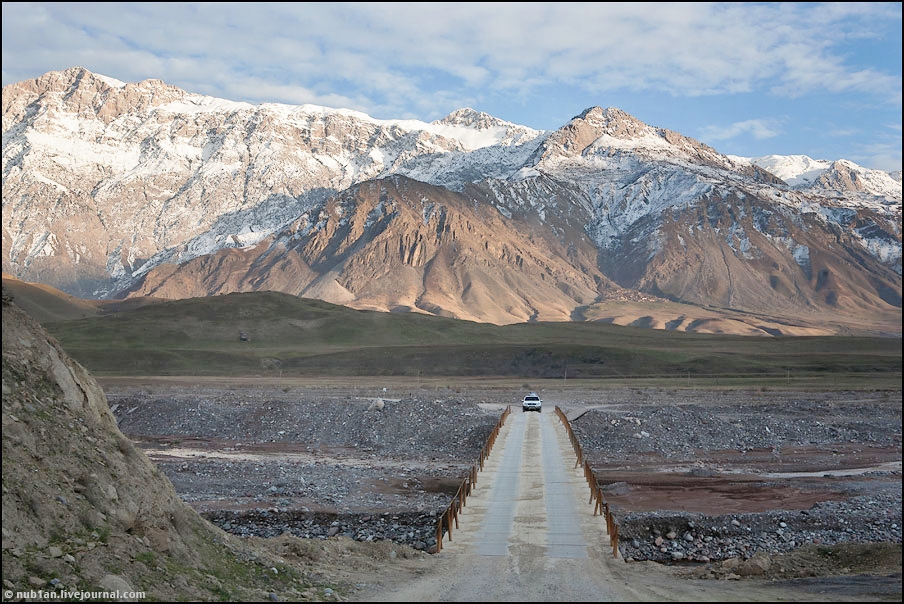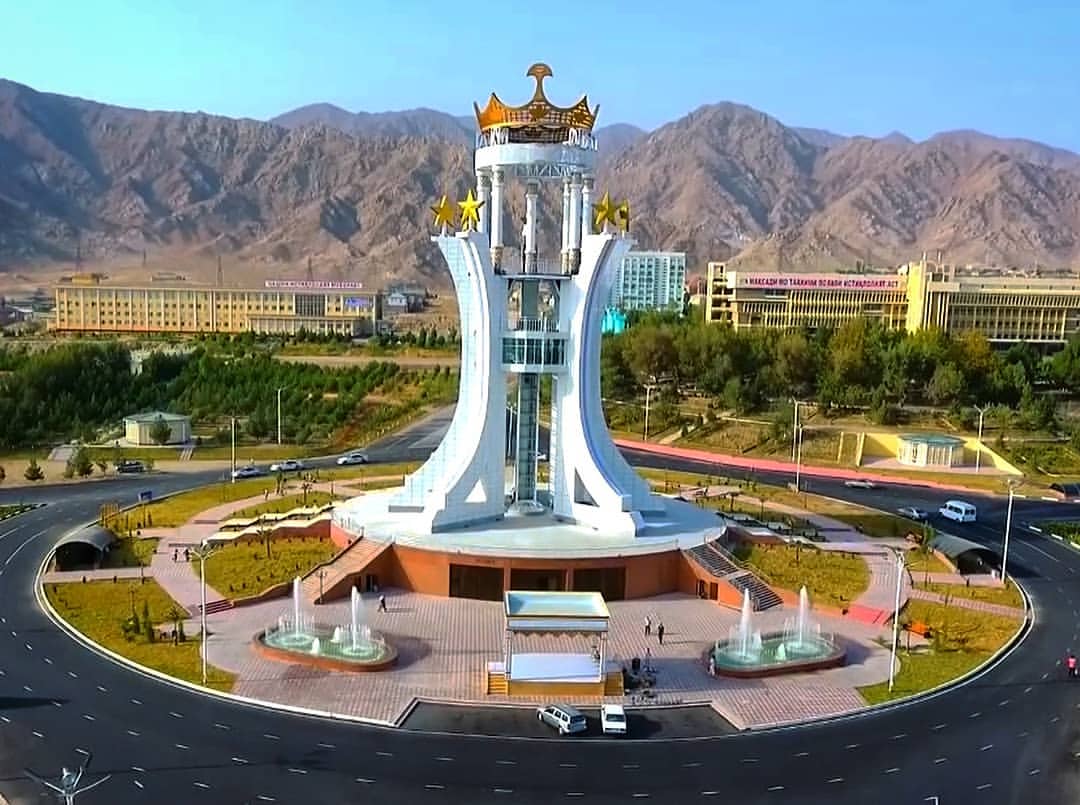Qal’ai Vamar (Vamar Fortress) is located in the southern and western part of the town Vamar, at the bank of the Panj river. The town of Vamar is the administrative center of the Rushon district and is situated in the flat area formed at the confluence of the Bartang, and the Panj river on the border of Tajikistan with Afghanistan. Qalai Vamar is considered one of the oldest splendid historical monuments in the Rushon district of the GBAO. In the past, it has served as a headquarter, stronghold and residence of the different rulers.
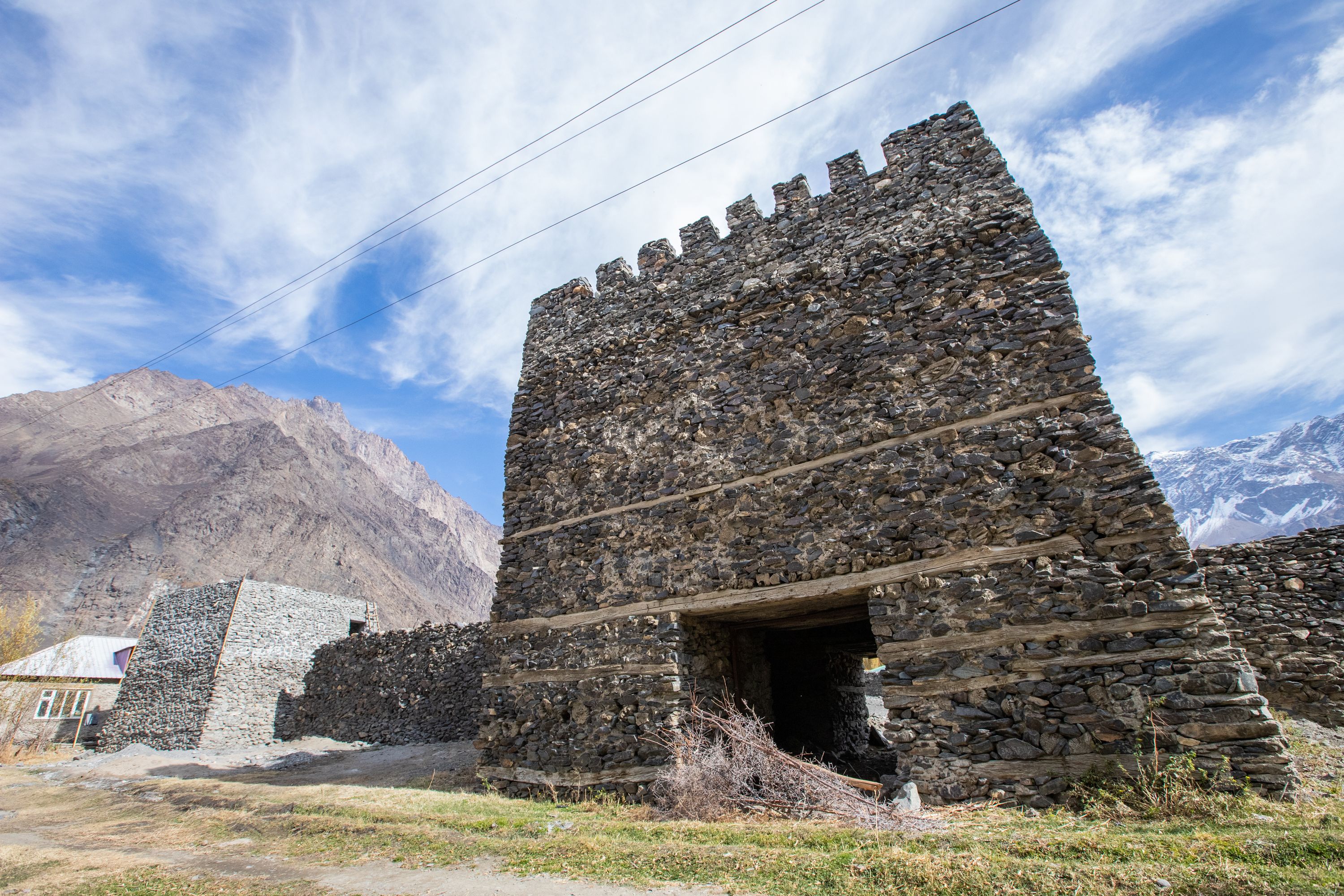
Structure of the fortress
The fortress occupied territory of 1.5 hectares. The walls of the fortress were strengthened by quadrangular towers with loopholes. The entrance to the fortress was from the western side. The walls of the castle were made of stone laid on clay masonry. To consolidate the wall, logs were laid along the outer and inner edges after 50-60 cm. The height of the walls is 6 m, the thickness is 7 m at the base and up to 3 m in the upper part at the top. There were houses, occupied by gardens in and outside the fortress. The wooden parts inside (doors, platbands, columns, etc.) were decorated with rich carvings. This description of the fortress differs from the information provided by local inhabitants.
According to their story, the construction of the fortress continued for three years. There were 3 gates, 1 lobster, two underground bays, and an underground water trench and pipe, bringing water to the castle from the River Panj. It should be mentioned that this trench of water still exists. The Soviet and Russian soldiers buried a damaged tank there to serve as the trench. The underground pipe of water is damaged. The height of the wall of the castle was 60 feet, the width of the walls was 7 meters. The garden was decorated with more than 100 species of trees. There was a large square area, in the courtyard of the palace. This area was called Rigakmidon (the sandy square). This square was used for celebrations, including music and dances, and sports (wrestling and horse riding that took place during weddings, and the Nawruz festival.
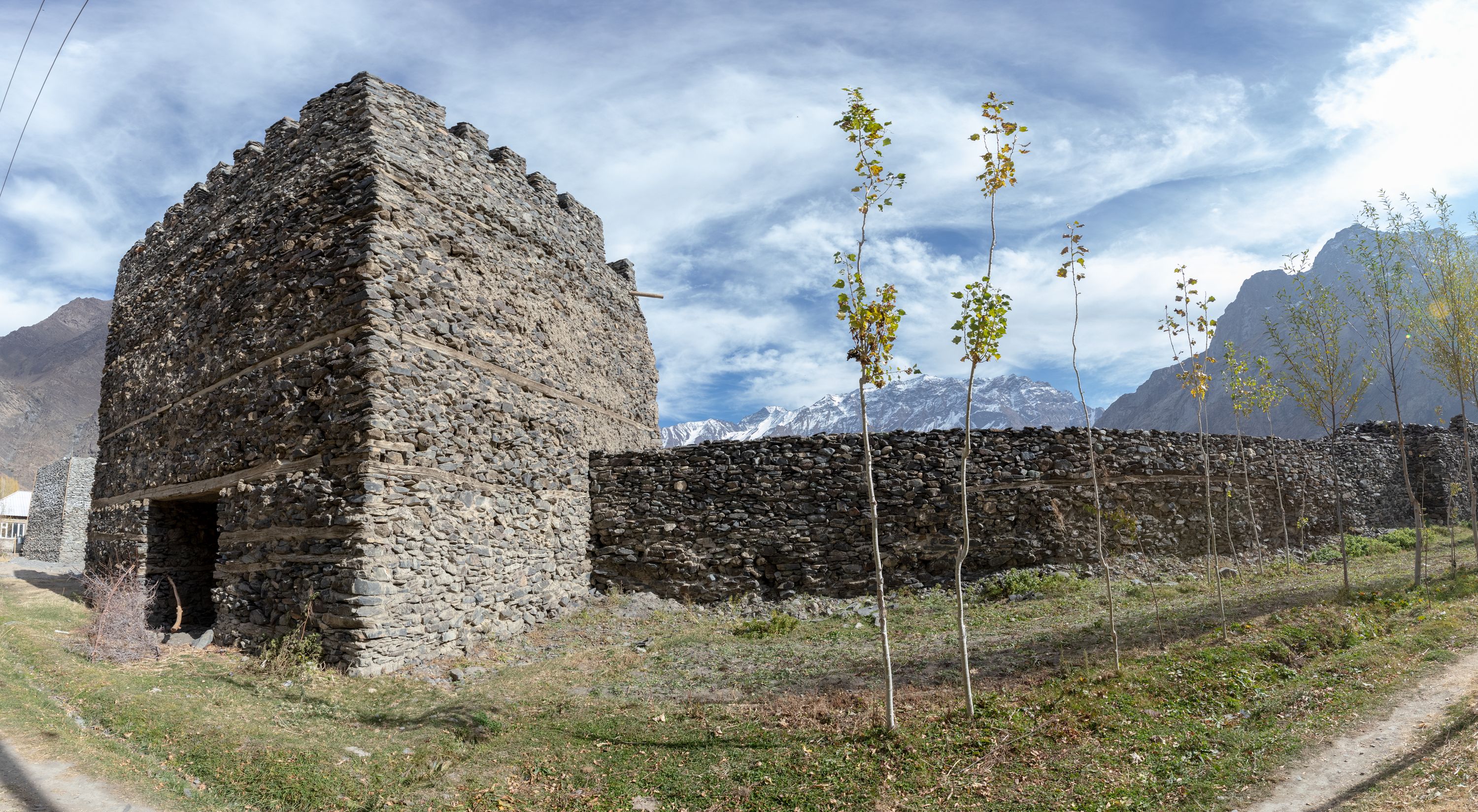
History of the fortress
Archaeologists date back its construction to the XIX century, while the scattered information presented in local sources such as Tarikhi Hokimoni Vamar (The History of the Rulers of Vamar) mentions that it was built some centuries earlier. According to the legend mentioned in the local sources, the Vamar fortress was built during the lifetime of a wondering and legendary Darwish, the Shoh Tolibi Sarmast, whose shrine also exist in the same village. The castle was renovated later. Perhaps a smaller fortress existed in this place before the construction of a larger citadel, by the local (mir), the ruler Sulaimonkhon in 1843. In the beginning, the fortress mainly served for defensive purposes.
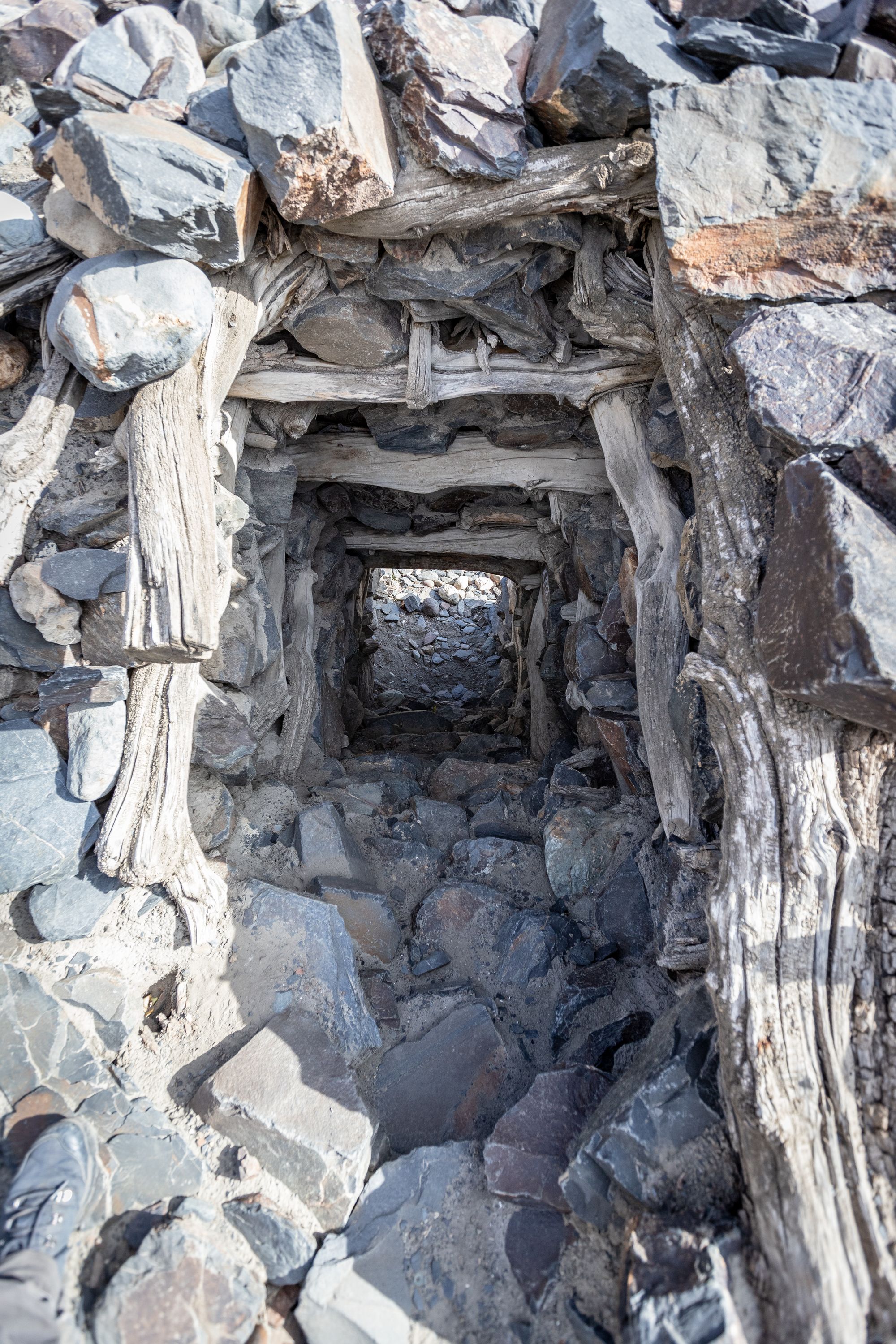
Built at the junction of two rivers, in a flat area, and appropriate zone for controlling routes on Silk Road linking Rushon to Shughnon, and Bartang, the town and fortress of Vamar had an eventful history. Since its construction, it is served as a residence, and resting place for local kings, and military rulers from Shughnon, Rushon, and Bartang. The Afghan armies continuously invaded and raided Shughnon and Rushon, prior to the Anglo-Russian delimitation of the Pamir in 1895. The agents of the Afghan army had temporary stayed at this strategic place. After the division of the territories of the Pamirs in the period of Great Game, from 1895 to 1902 the Bukharian representatives turned Vamar fortress into their residence. In 1902 the Russians expelled the representative fo Bukharian emirate from the fortress and established them headquarter there.
The Soviet government used this fortress as the office of the first sel’sovet in 1920s and early 1930s. Gradually, the Soviet border unit was installed there, and the soldiers turned the castle into ruin. In the post-Soviet period, the Ministry of Culture of the Republic of Tajikistan allocated funds to repair the walls of the castle. However, the restoration is not completed, and the fortress remains an abandoned place, which territory is closed by the fence.
Gallery
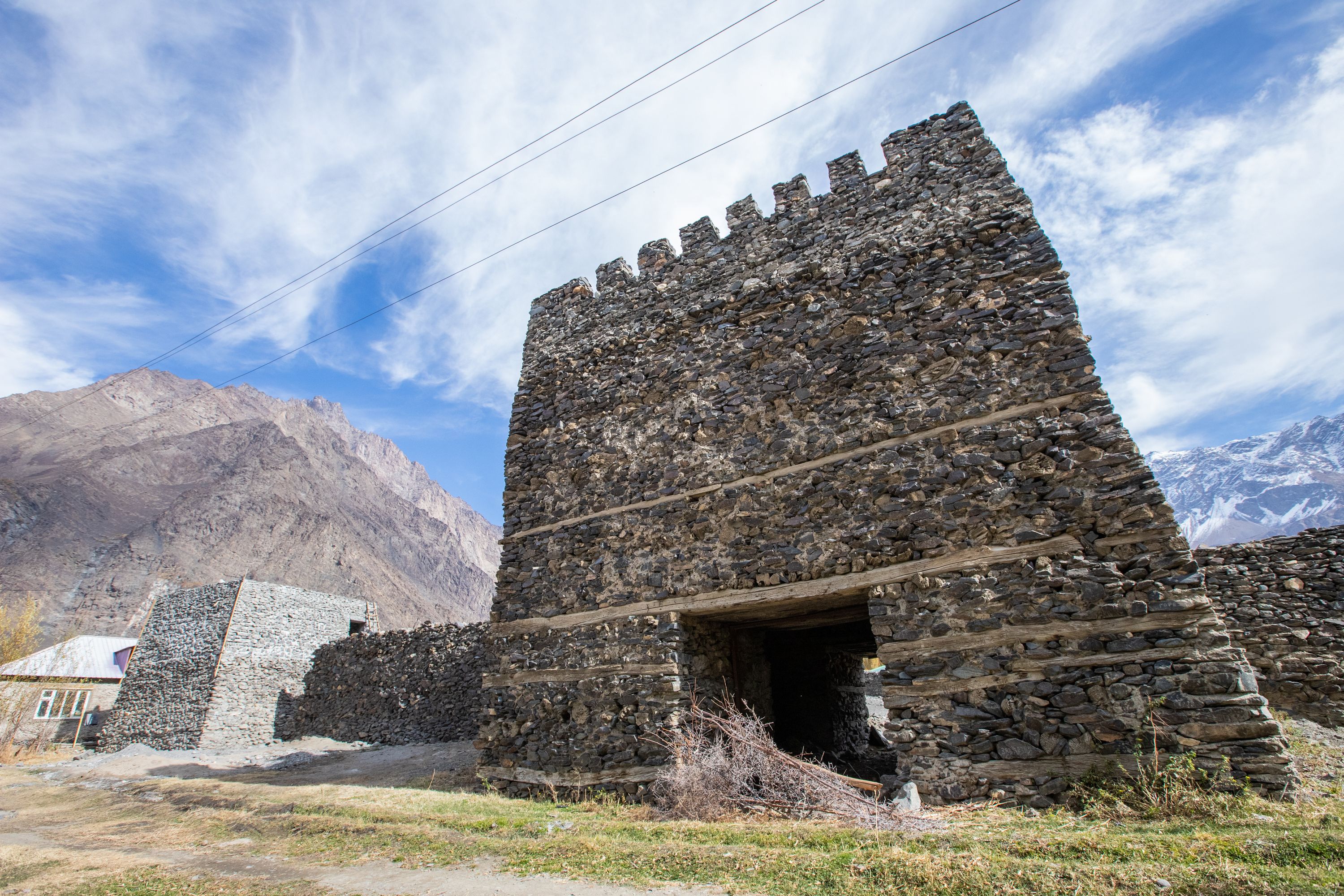
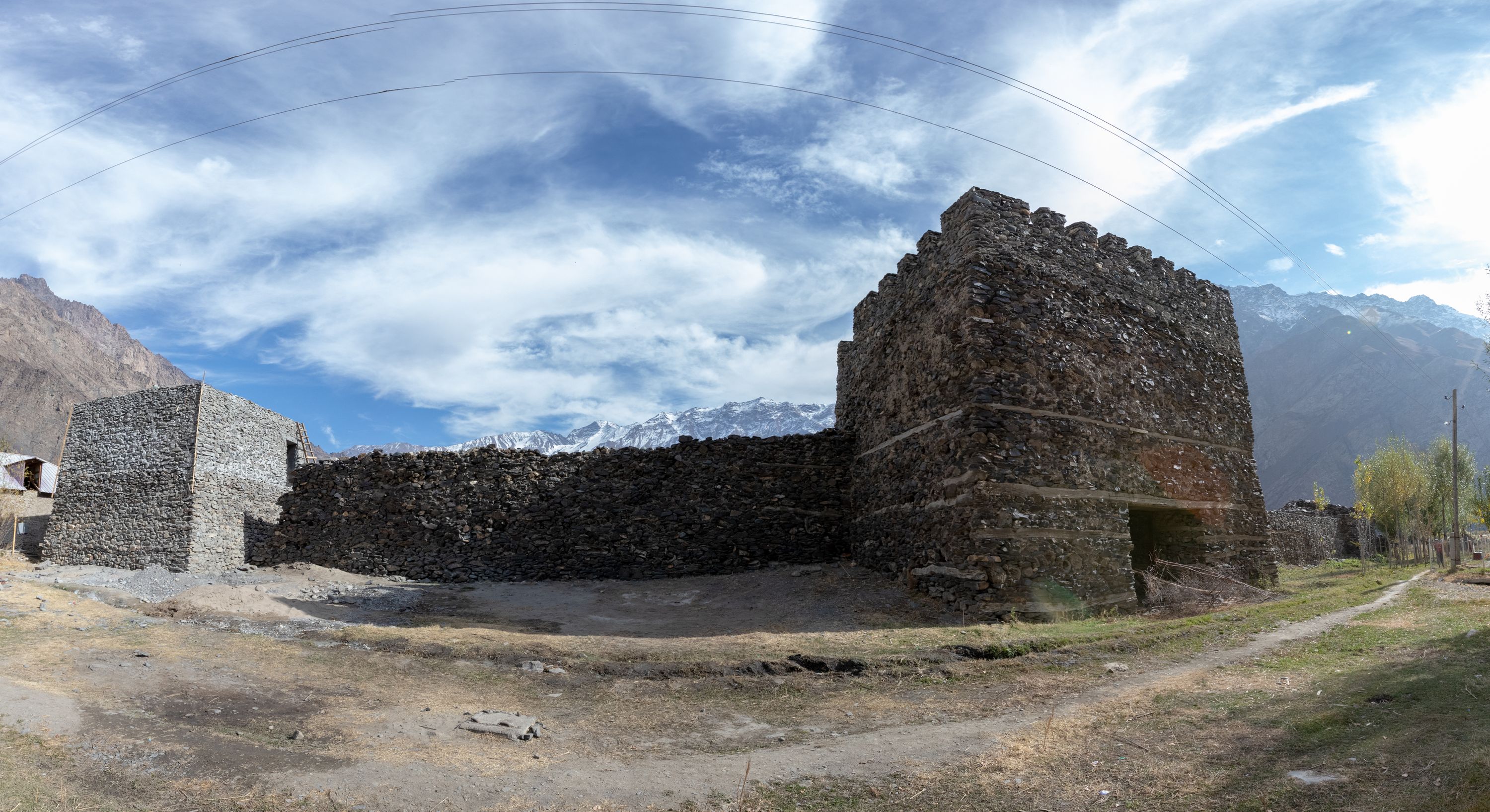
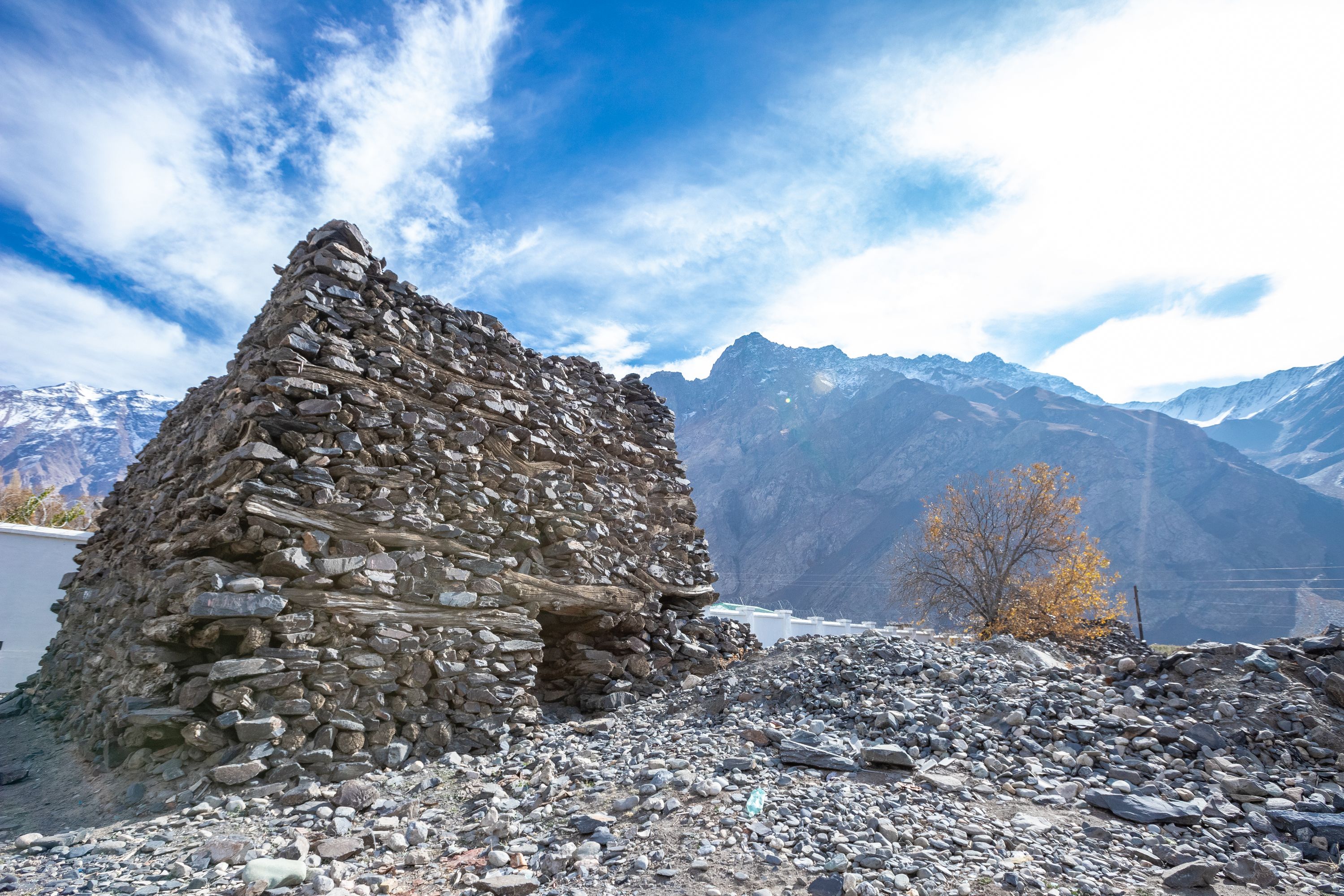
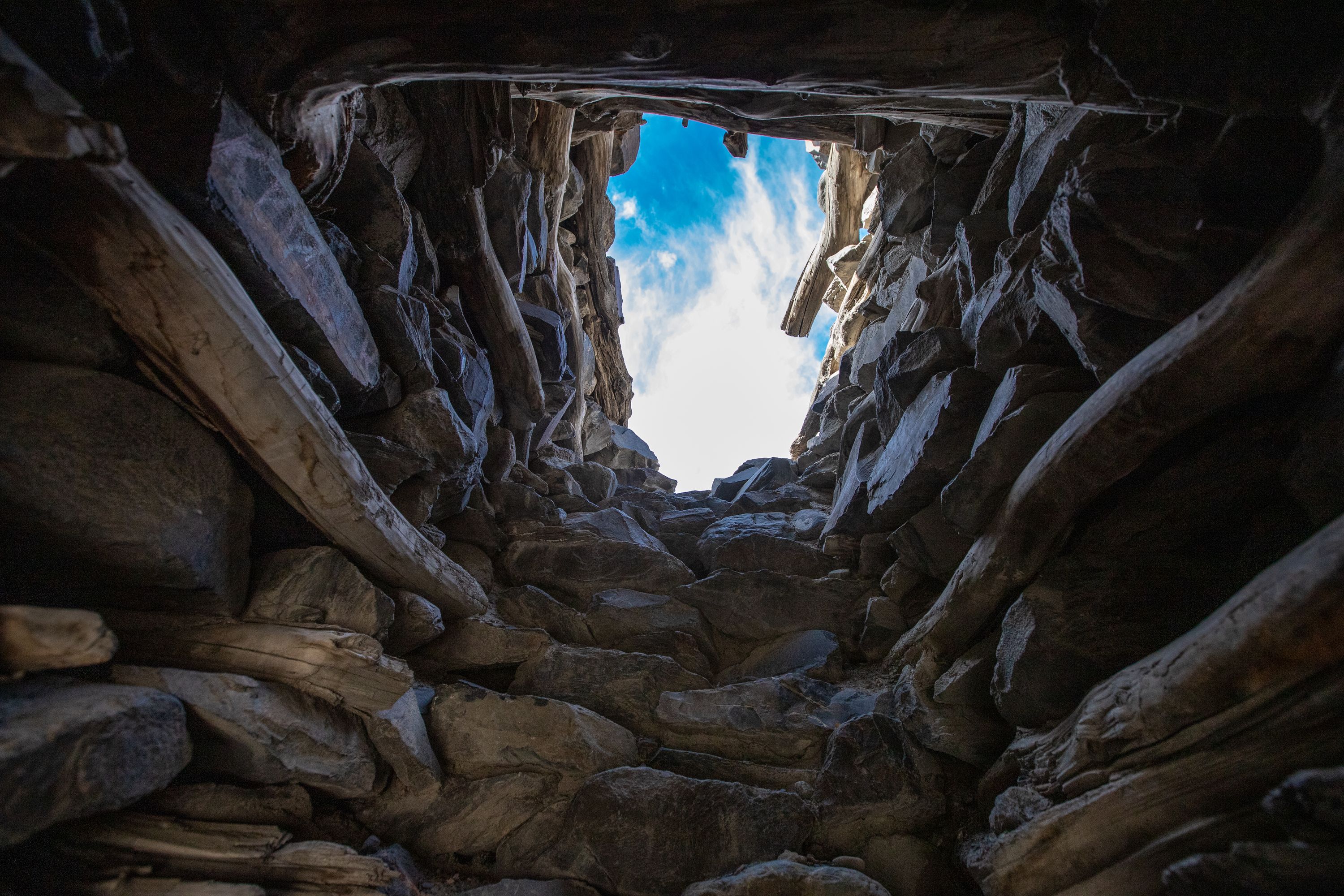
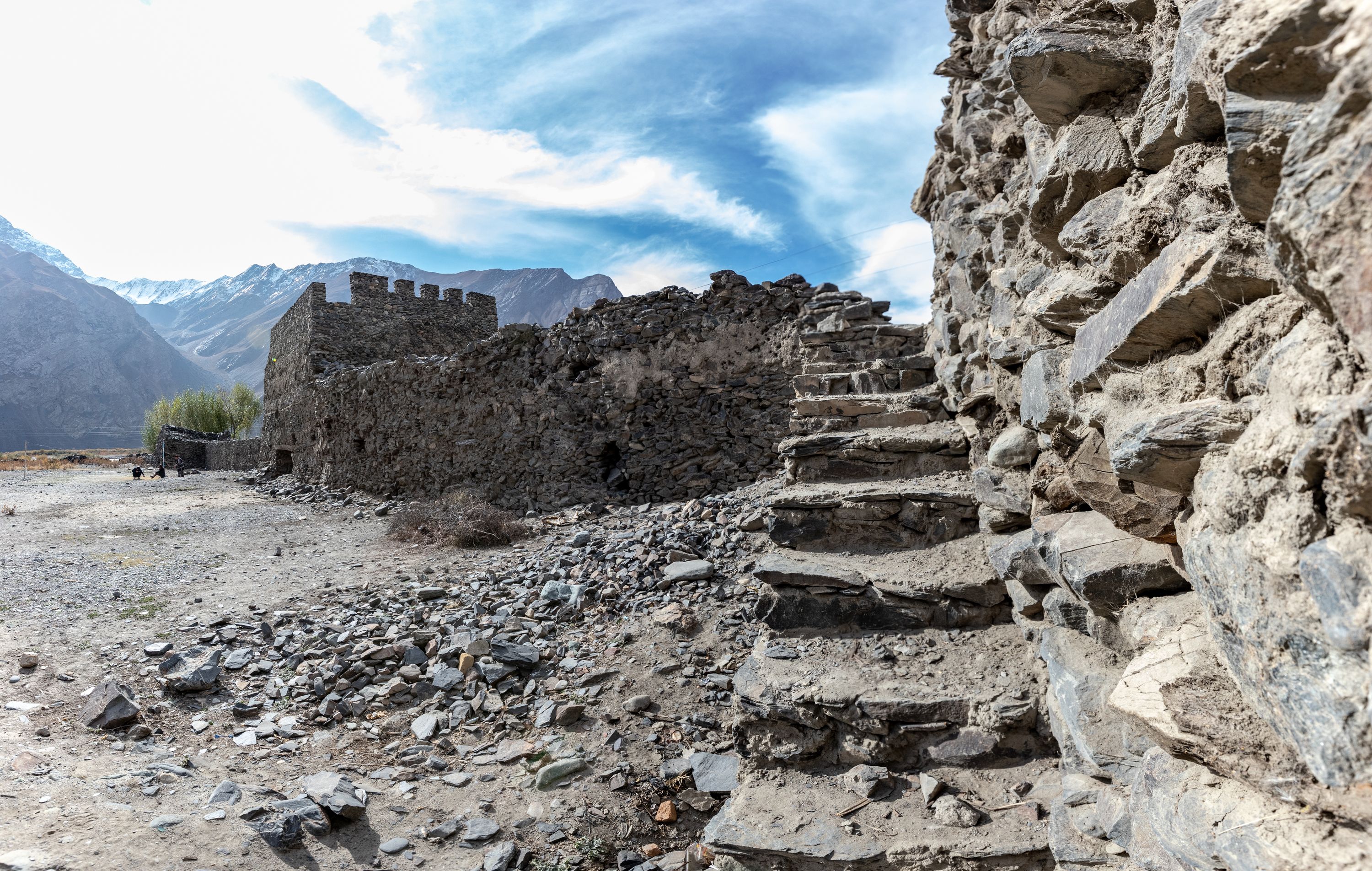
Travelling to the Site
The town Vamar is located on the Pamir Highway connecting Khorog and Dushanbe. The road to Vamar comes also from Bartang valley. In the Soviet period the town of Vamar has a small airport that received regular flights. Mountaineer alpinists, geologists, and other explorers used to take took a flight from Dushanbe to Rushon, and from there to Yazgulom, Bartang. This town can be also used as a base camp for visitors planning trips further to Sarez lake.

















